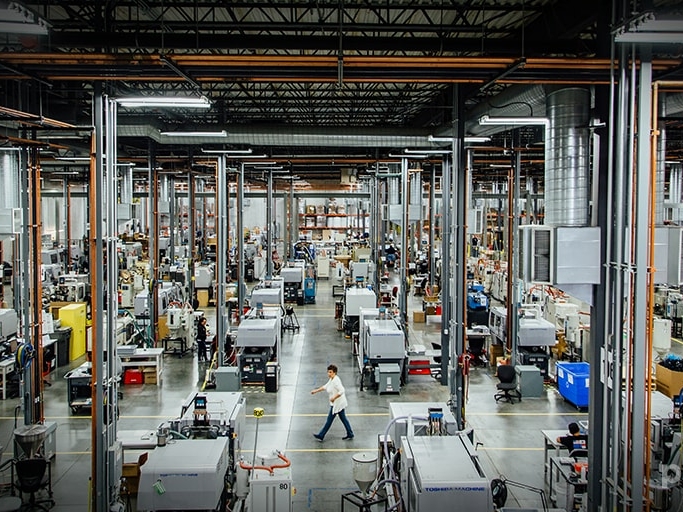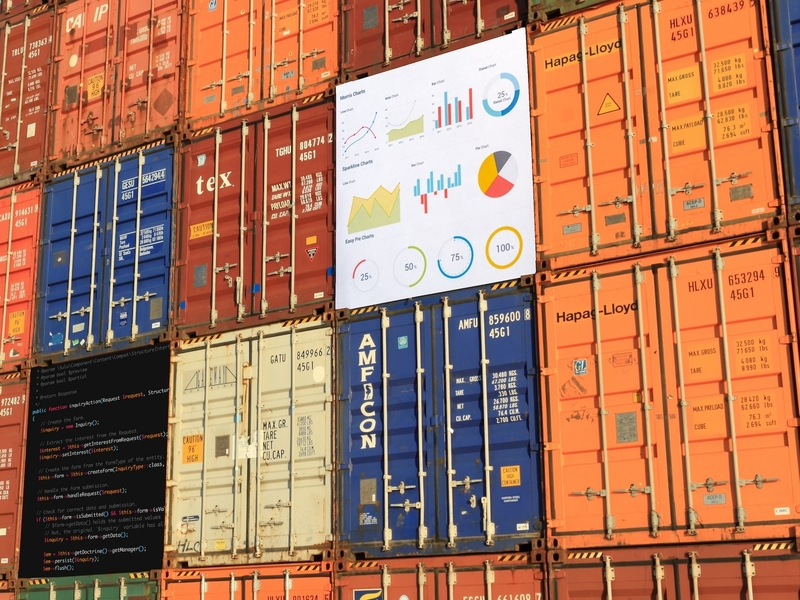While hearing and reading about Smart Factories and Industry 4.0 in general, we're creating this mental image of that wonderful world. Everything is equipped with sensors to measure every little thing imaginable. All the data is shared between equipment and machines and all the processes are digitalized and running by themselfes. Robots doing all the work, software handling all the organization, planning, and coordination, based on the vast amount of data that's accessible and analyzed with ease. We'll just be sitting in the control station watching everything working perfectly fine.
As much as I love that idea, its the vision for the industry of the future. Not the steps that really lay ahead of todays industry companies. Don't get me wrong, I strongly believe that eventually we'll get there. Yet, to be able to evolve that much, many steps need to be taken. It's a journey of change. The technologies will change, the industries will change, and also the customers and the people working in the industry will. The question is, how to fuel this process of change today, with the starting point we're now really at.






